About
The Freeman Seabird Preserve
The Site
In September 2007, the Hawai‘i Audubon Society was given a one-acre coastal property at Black Point on the southern coast of O‘ahu thanks to an unprecedented gift from Houghton Freeman and Doreen Freeman. This parcel has long been a nesting area for Wedge-tailed Shearwaters (‘Ua‘u kani, Ardenna pacifica) and is the only habitat of its kind remaining on O‘ahu’s South Shore. Restoring this property from a vacant residential lot into a native coastal habitat supporting a shearwater breeding colony is an ongoing project of the Hawai‘i Audubon Society.
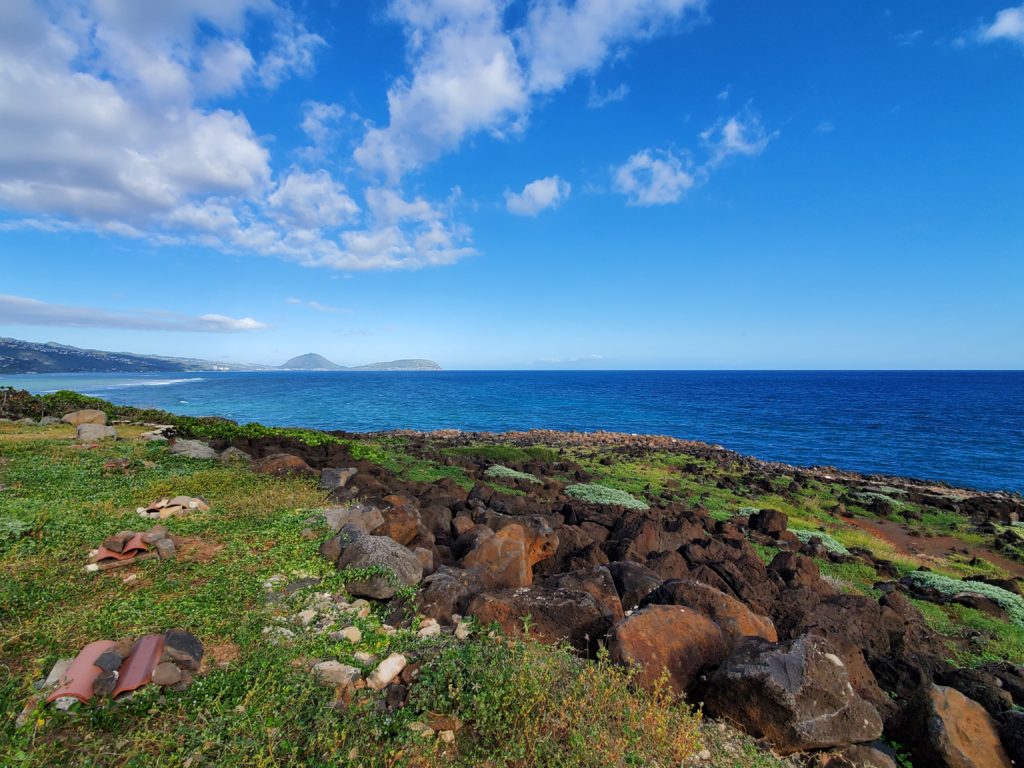
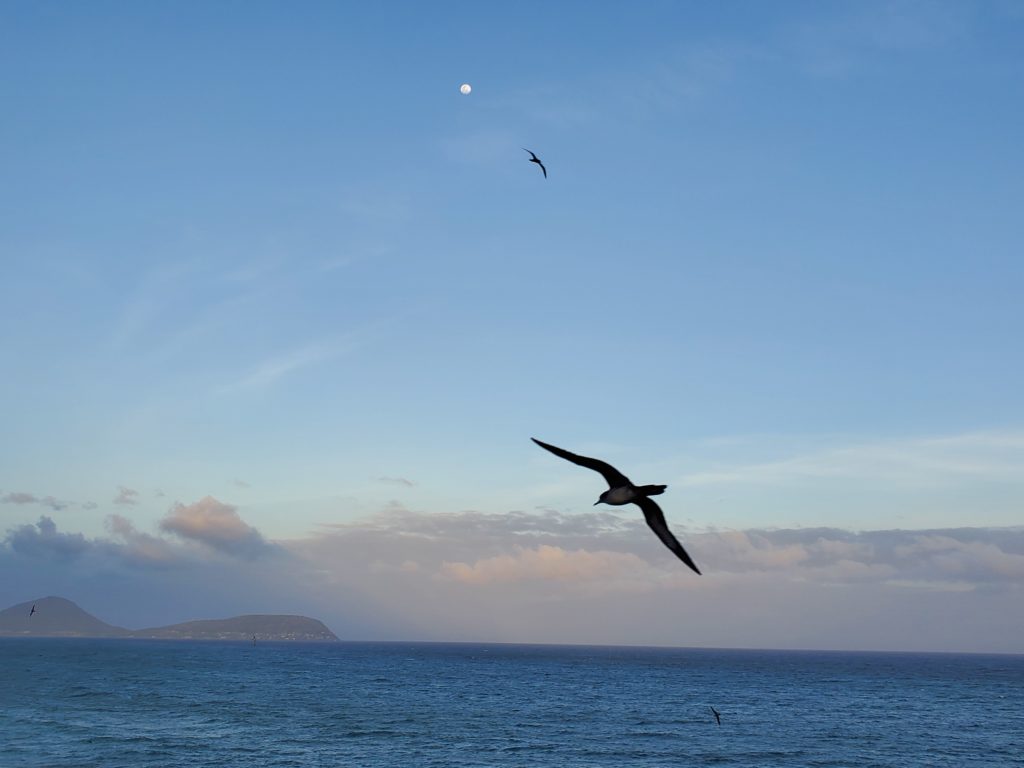
Wedge-tailed Shearwaters
Wedge-tailed Shearwaters are named for the shape of their tail and for their habit of soaring low above the waves in an undulating pattern. These seabirds nest in colonies along coasts and on offshore islands by burrowing in sandy soil and seeking shade amidst native vegetation on rocky slopes. At Black Point, they historically occupied crevices in the lava boulders and nested under the native coastal vegetation.
Native Plants
During the habitat restoration season (January through March), when no wedgies are in residence, fieldwork volunteers remove invasive plants and replace them with native plants.
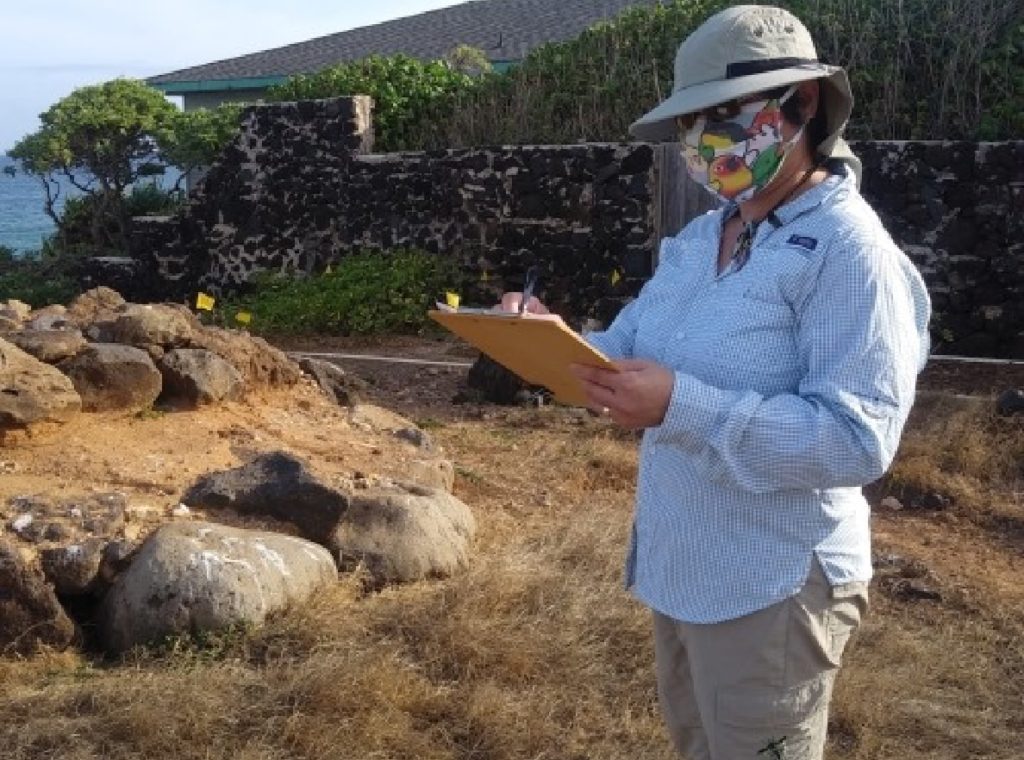

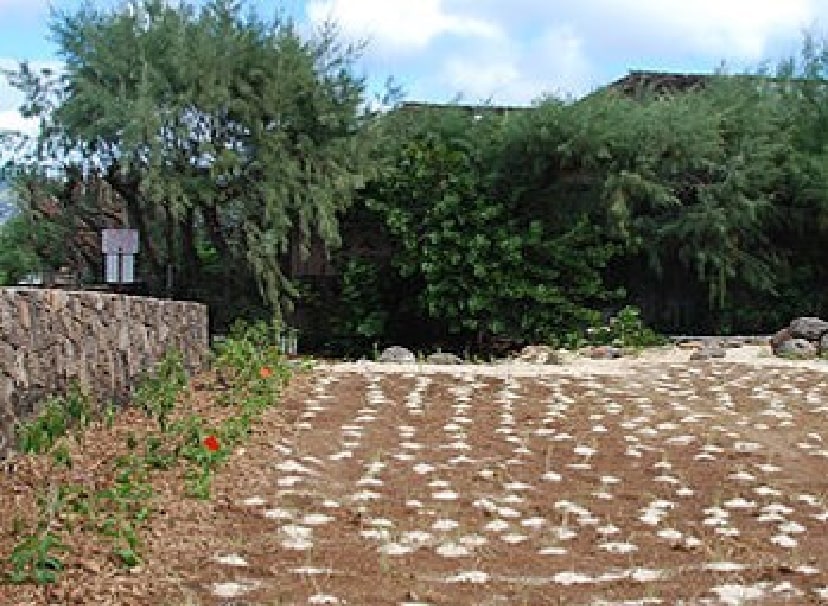
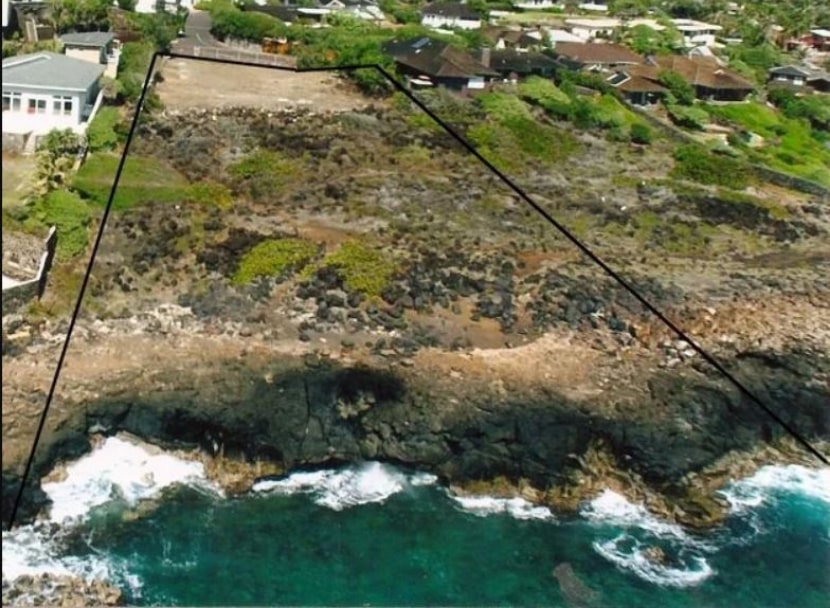
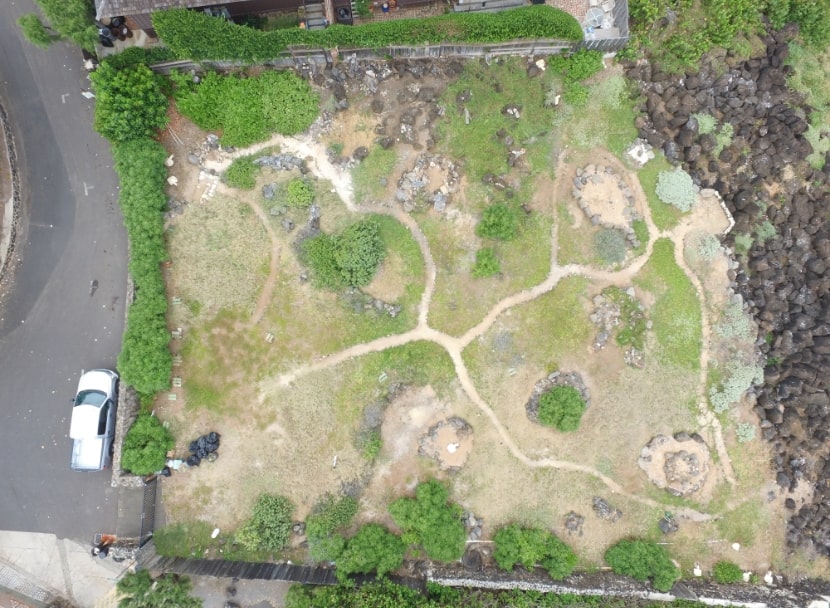
The evolution of the Freeman Seabird Preserve
Since the site was gifted to the Hawai‘i Audubon Society in 2007, the Freeman Seabird Preserve has been evolving. The land has undergone significant habitat restoration and hosted Wedge-tailed Shearwater research.
Mahalo to all the partners & friends
We want to thank everyone of the Hawai‘i Audubon Society that
supports the Freeman Seabird Preserve!






Permits
State of Hawai’i: Department of Land and Natural Resources, Division of Forestry and Wildlife, Protected Wildlife Permit for Scientific Research, #WL-11-0 and #14-05
US Fish and Wildlife Service: Federal Bird Banding Permit, # 23317
Feel free to contact us for any questions
The Freeman Seabird Preserve is on private property in a gated community.
All visitors must be accompanied by a representative of the Hawai‘i Audubon Society. Please email the HAS office to arrange a site visit.

